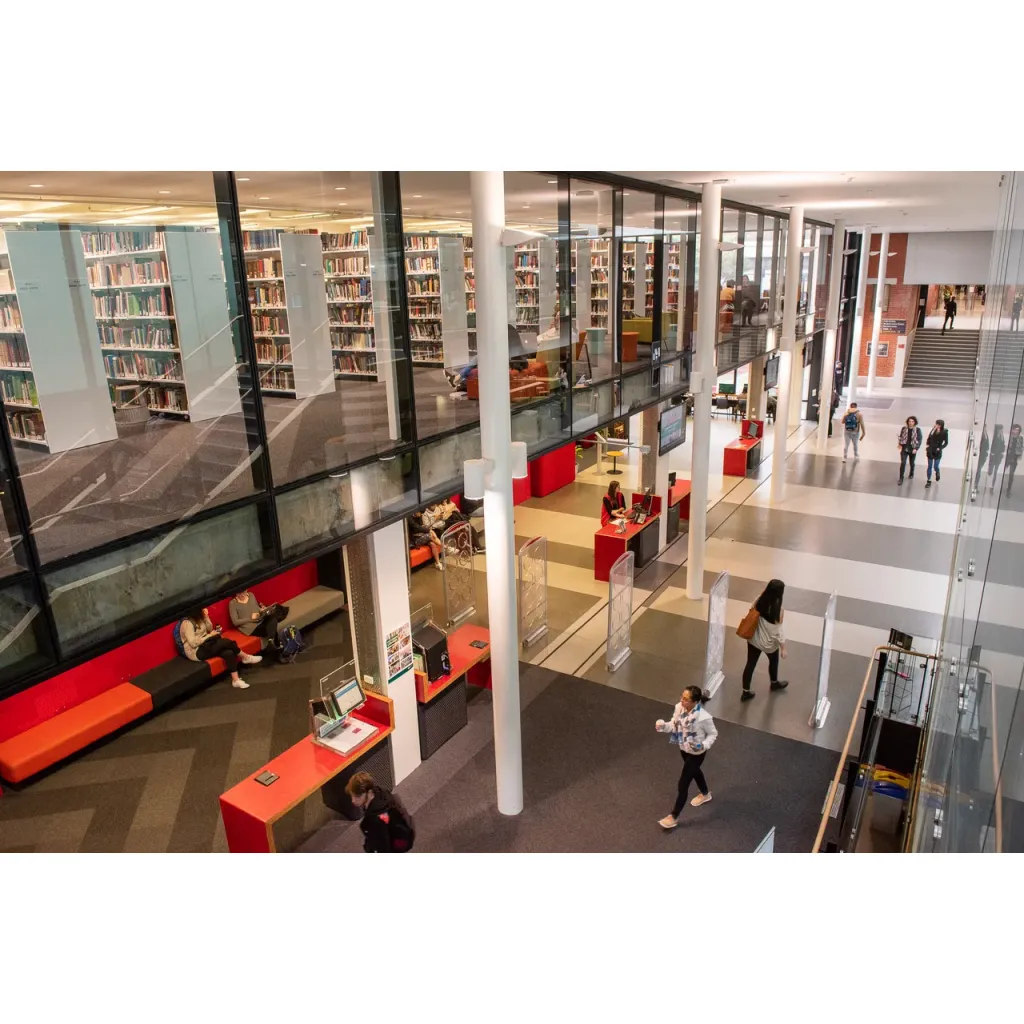Graduates with a Master of Design degree have diverse career prospects across various industries that value creative thinking, problem-solving skills, and design expertise. Here are some potential career paths:
1. **Design Manager**: Lead design teams and projects, overseeing the creative process and ensuring design objectives are met.
2. **UX/UI Designer**: Create intuitive and engaging user experiences and interfaces for digital products and services.
3. **Graphic Designer**: Develop visual concepts and communicate ideas through various media, including print, digital, and branding.
4. **Product Designer**: Design and develop physical products, considering usability, functionality, and aesthetics.
5. **Creative Director**: Provide artistic direction and vision for creative projects, campaigns, or organizations.
6. **Design Researcher**: Conduct research to inform design decisions, focusing on user needs, trends, and market insights.
7. **Design Educator**: Teach design theory, methods, and practices in academic institutions or workshops.
8. **Brand Strategist**: Develop strategies to build and maintain strong brands through design and communication.
9. **Art Director**: Manage the visual aspects of advertising campaigns, publications, or media productions.
10. **Environmental Designer**: Plan and design spaces that enhance user experience and functionality, such as retail environments or public spaces.
11. **Interaction Designer**: Design interactive systems and interfaces that facilitate user interactions with digital technologies.
12. **Design Consultant**: Provide expert advice on design strategies, innovation, and problem-solving to businesses and organizations.
13. **Packaging Designer**: Create attractive and functional packaging solutions for products.
14. **Exhibition Designer**: Design immersive and engaging exhibitions for museums, galleries, or events.
The Master of Design equips graduates with advanced skills in design research, critical thinking, and creative problem-solving, making them valuable assets in industries ranging from advertising and technology to healthcare and education. Career paths often depend on individual interests, specialization within design fields, and the evolving needs of industries seeking innovative design solutions. Here are some potential career paths:
Design Manager, UX/UI Designer, Graphic Designer, Product Designer, Design Researcher, Brand Strategist, Freelance Designer etc.
